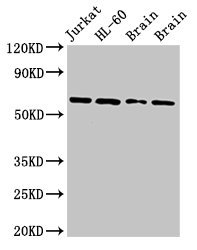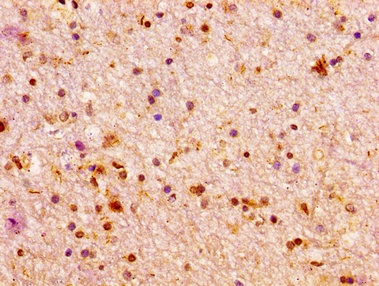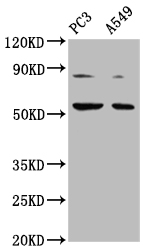The ARX antibody CSB-PA850418LA01HU is an unconjugated rabbit polyclonal antibody against the ARX protein. It is produced in the rabbit immunized with a partial recombinant protein mapping within amino acids 381-460 of human ARX. It is reactive with human, rat, and mouse samples. This ARX antibody has been validated for use in ELISA, IHC, and WB applications. It is available as the IgG isoform. And it undergoes protein G purification, and its purity is greater than 95%.
ARX is a transcription factor that plays a critical role in the development and function of the nervous system. During development, ARX controls the differentiation and migration of neuronal progenitor cells, the formation and patterning of neural circuits, and the specification of neuronal subtypes. Its dysregulation can lead to several developmental disorders and neurological abnormalities.







